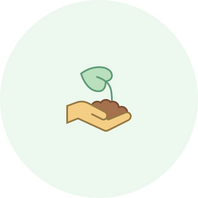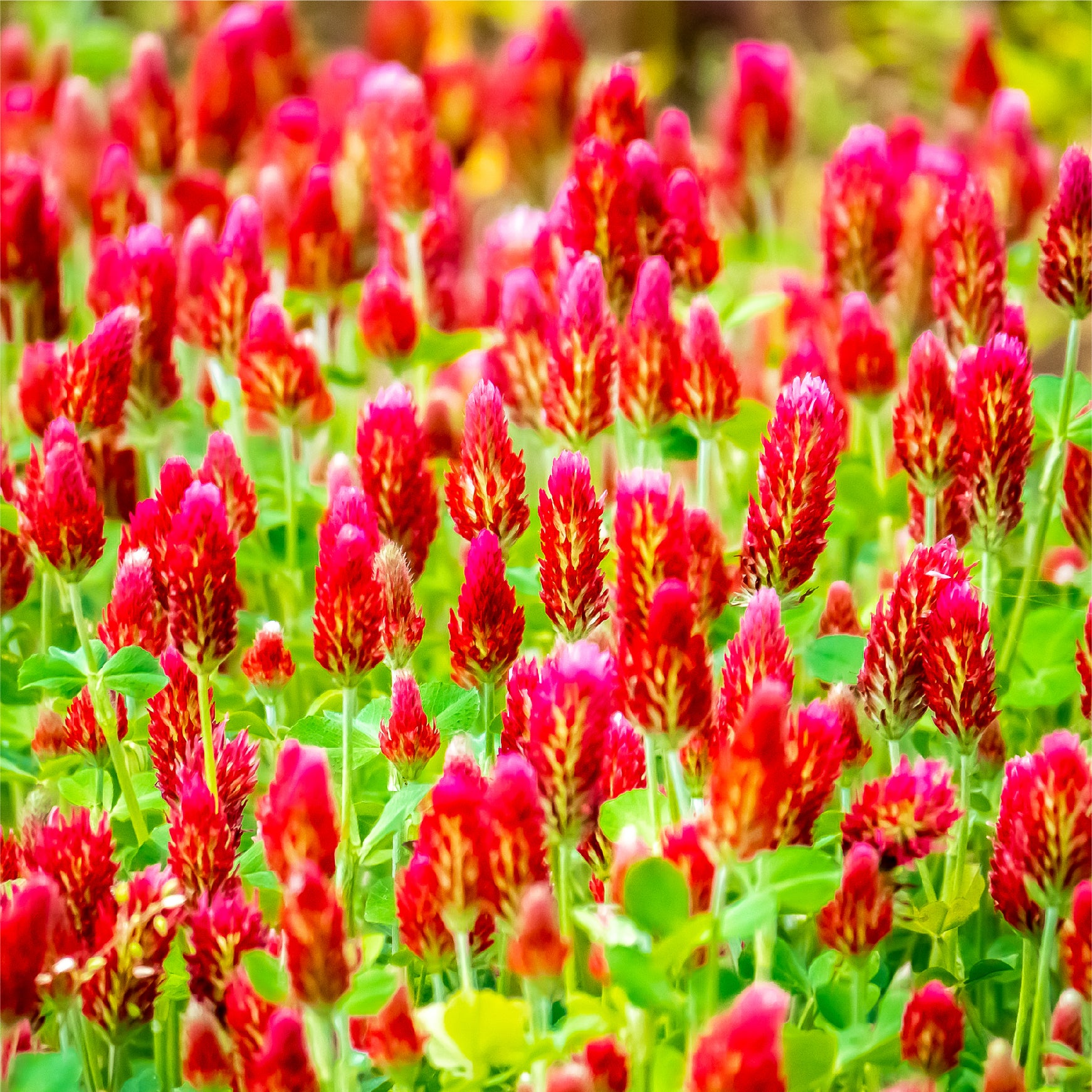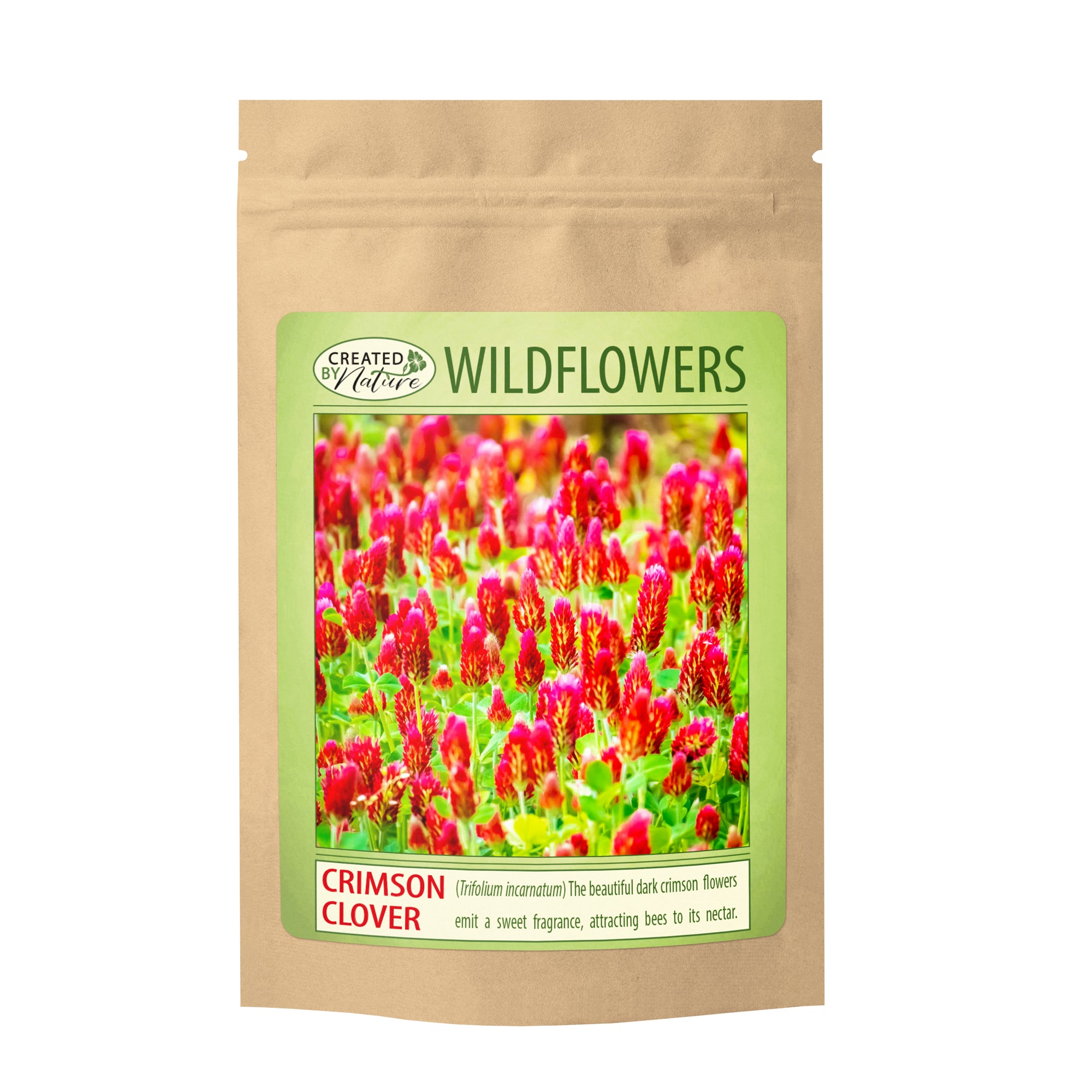| COMMON NAME | Crimson Clover |
| BOTANICAL NAME | (Trifolium incarnatum) |
| LIFECYCLE | Annual |
| PLANTING SEASON | Fall |
| LIGHT REQUIREMENTS | Full Sun or Partial Shade |
| ZONES | 3-9 |
| BLOOM COLOR | Red |
| BLOOM PERIOD | Summer to Fall |
| PLANT HEIGHT | 24-36 Inches |
| COVERAGE | One Packet 200 Sq. Ft. |
| FEATURES | Attracts Pollinators, Easy to Grow |
Planting Instructions for Crimson Clover Seeds
When To Plant
Crimson Clover seeds do best if planted directly outdoors in the Fall.
Where To Plant
Clover only need soil that is ordinary and moist, but well drained. They also do well in full sun or partial shade.
How To Plant
The seeds should not be planted deeply; they just need to be compressed into the soil, as they need light to germinate.
If planting in rows, then plant the seeds 3” to 4” apart.
How To Care For Crimson Clover
These varieties of cover seeds generally germinate in about 21 days. You can thin the seedlings to 8” to 12” apart after they emerge.
Crimson Clover should be watered regularly, but they can tolerate dry conditions. It is not necessary to fertilize them.
It generally takes about 60 to 90 days for Crimson Clover to bloom after the seed is planted.
Customer Reviews

USDA Zone Map
Learn which wildflowers will perform the best with your geographic region.

Gardening Tips
Not sure of what plants will suit your garden best? Learn more about wildflowers with our resources.


